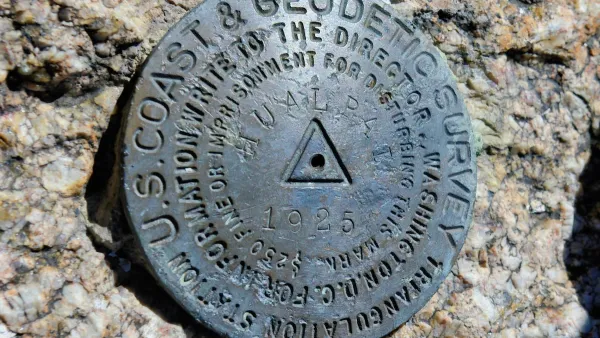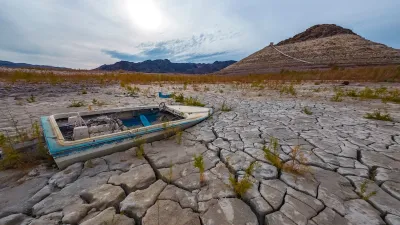One silver lining from Hurricane Sandy is that it proved the accuracy of the National Hurricane Center, an agency under the National Oceanic and Atmospheric Administration (NOAA) due largely to its hi-tech tools. Do you know what a 'dropsonde' is?
While the experts will debate as to whether New Jersey and New York were fully prepared for the landing of Hurricane Sandy on their shores Monday evening, Oct. 29, it is clear they were forewarned. What made the forecast so impressive was that Sandy was a truly complicated hurricane.
"It turned left when most hurricanes turn right. It maintained its strength even as it struck land. And ultimately, it joined forces with a winter storm", states NPR's Jon Hamilton on the audio tape (and recorded in the transcript).
Hamilton interviewed Sharan Majumdar, an associate professor of meteorology and physical oceanography at the University of Miami.
"The National Hurricane Center did a fantastic job, particularly with the track forecast and the intensity forecast as it was moving toward the Northeast", states Majundar.
"We're going to have a very, very large area that's affected by strong winds, storm surge, heavy rainfall, and inland flooding, and, in fact, even snowfall," forecaster James Franklin said in one of the center's numerous broadcasts to the public."
"One reason the forecasts were so good is that the models used to predict weather around the globe are more accurate now and run on much faster computers than they used to, Majumdar says."
"What that means is that we can run the global models at a much higher resolution," he says. "So in the same way that our TV sets are going more high-def, computer models of the globe are also becoming more high-def."
Regarding those 'dropsondes' - they in fact do what they somewhat sound they might to.
"All the computer models now get more and better data than they used to, Majumdar says. One source of these data is dropsondes, capsules dropped from an airplane into a hurricane. As they fall, they transmit a constant stream of weather data."
"The dropsonde data tend to improve hurricane forecasts by up to 30 percent," he says. "So there's been some real significant improvements to the track forecasts over the last 15 years or so through the deployment of these dropsondes."
The National Hurricane Center is a division under NOAA's National Weather Service.
All Things Considered also ran a related story on Wednesday afternoon (Oct. 31), "Is Climate Change Responsible For Sandy?" in which Robert Siegel interviews Martin Hoerling, research meteorologist at NOAA's Earth Systems Laboratory.
FULL STORY: High-Def Storm Models Yielded Accurate Predictions

Maui's Vacation Rental Debate Turns Ugly
Verbal attacks, misinformation campaigns and fistfights plague a high-stakes debate to convert thousands of vacation rentals into long-term housing.

Planetizen Federal Action Tracker
A weekly monitor of how Trump’s orders and actions are impacting planners and planning in America.

San Francisco Suspends Traffic Calming Amidst Record Deaths
Citing “a challenging fiscal landscape,” the city will cease the program on the heels of 42 traffic deaths, including 24 pedestrians.

Defunct Pittsburgh Power Plant to Become Residential Tower
A decommissioned steam heat plant will be redeveloped into almost 100 affordable housing units.

Trump Prompts Restructuring of Transportation Research Board in “Unprecedented Overreach”
The TRB has eliminated more than half of its committees including those focused on climate, equity, and cities.

Amtrak Rolls Out New Orleans to Alabama “Mardi Gras” Train
The new service will operate morning and evening departures between Mobile and New Orleans.
Urban Design for Planners 1: Software Tools
This six-course series explores essential urban design concepts using open source software and equips planners with the tools they need to participate fully in the urban design process.
Planning for Universal Design
Learn the tools for implementing Universal Design in planning regulations.
Heyer Gruel & Associates PA
JM Goldson LLC
Custer County Colorado
City of Camden Redevelopment Agency
City of Astoria
Transportation Research & Education Center (TREC) at Portland State University
Jefferson Parish Government
Camden Redevelopment Agency
City of Claremont





























